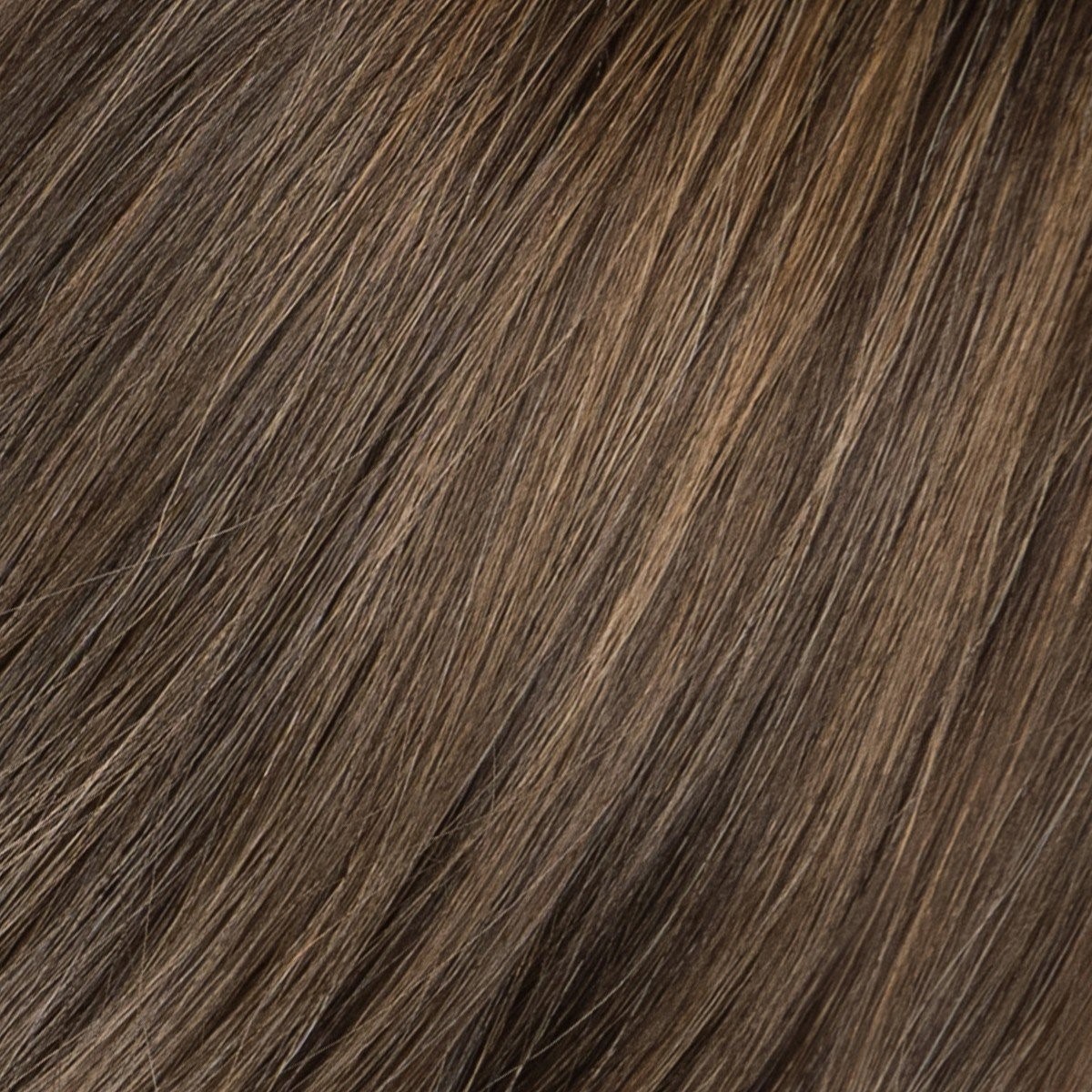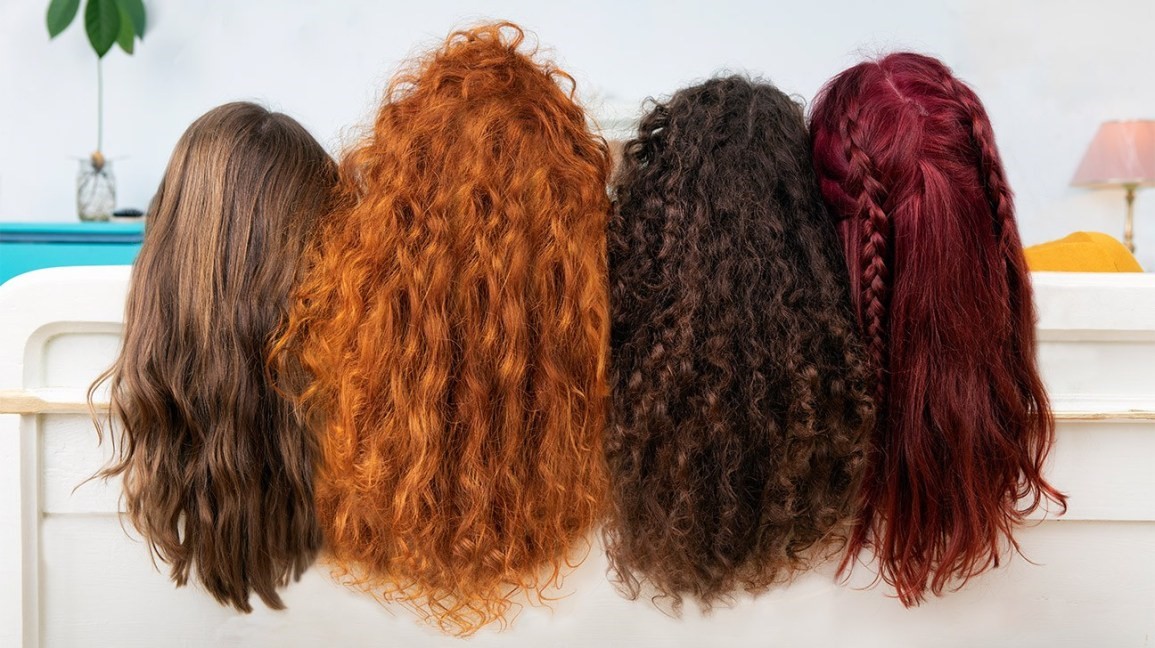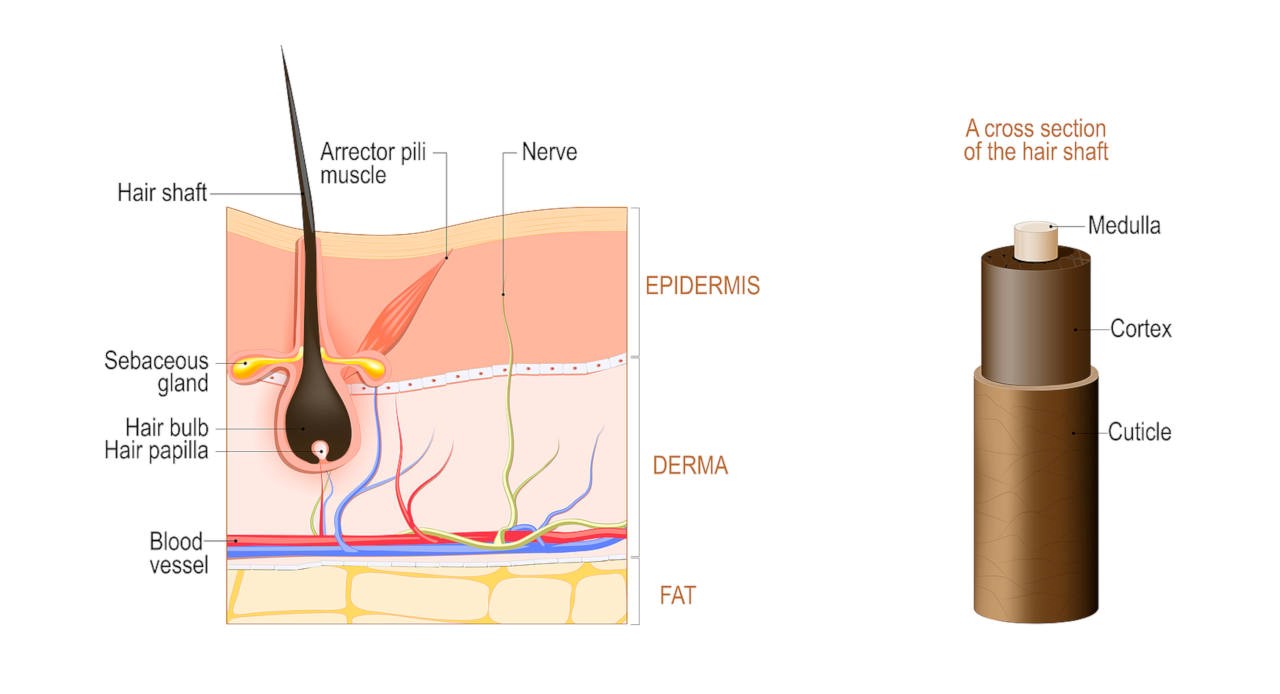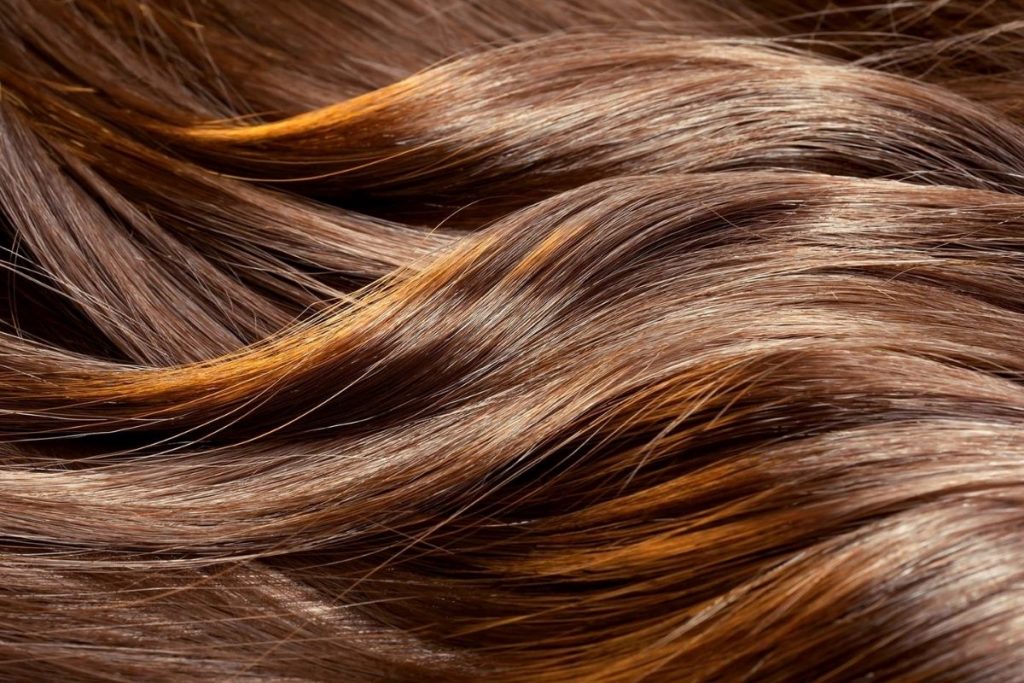For hairdressers, learning about hair is necessary and important. However, for those who use human hair wigs or human hair extensions, it also plays an important role in knowing a sufficient amount of knowledge to be able to limit the factors that damage your hair. Let’s Be9 collect basic information about human hair.
Hair grows through the scalp in a small area of 2 to 3 hairs divided into 3 types:
– Asian human hair: big black, hard, and straight hair strands.
– European human hair: light color, thin and wavy hair.
– African human hair: curly and big hair strands.
Amount of human hair:

– Hair varies depending on the color and diameter of the hair. A person has about 100,000 to 150,000 hairs.
– Blonde hair is thinner than brown or black hair, so blonde hair has the most strands and women have more hair than men.
– There are about 50 hairs on an area of 1cm
– Diameter of hair varies between 0.05mm and 0.12mm depending on age and breed
Length of human hair:
– Hair length 0.4mm per day to 1.2cm per month.
– Average length 90cm.
– Weight: one hair weighs about 100g
– Lifespan: from 2 to 6 years
The hair formation

From the 2nd to the 5th month of the fetus: the cortex of the hair is formed
Hair growth: hair is created regularly and the growth cycle consists of 3 phases:
1. Development period
Hair growth begins at the hairline located under the skin and continues with the capillaries (through the hairline). The nutrient needed for hair growth is acetaminophen, which is delivered to the hair roots leading to cell division. The cells reproduce slowly that are located in the hair follicle. Cell division in the parent cell completely stops 85% of hair growth during this period and lasts 2 to 6 years.
2. Transition period
Immediately after the growth period, this is the period when the hair roots regulate nutrients for the hair, the cell division in the parent cell layer stops.
The hair root is damaged, the blood supply stops. 1% of the hair at this stage lasts from 3 to 4 weeks.
3. Period of hair loss
The lower part of the hair roots disintegrates and is pushed upwards and stays on the scalp until shedding through the secretion of sebum. During this time new hair roots appear. A new growth period a new life cycle of hybrid hair begins.
The old hair will be pushed out by the new hair or fall out due to some external causes (tied, dried, washed, combed …) the hair goes through this period and lasts 3 to 4 months.
Structure of the hair

Hair is composed of many components, the entity of hair is basically amino acids including 5 elements:
50% carbon(C); 6% hydrogen(H); 17% nitrogen(N); 5% sulfur(S); 22% oxygen(O). These amino acids form elements arranged in a more or less tight order depending on the type of hair into the keratin cell structure.
- Keratin: is the main form of hair material. It is made up of mecrofiberlle that is arranged parallel to the axis of the hair shaft. In the middle is the spinal cord (medullary cells). But this cell is absent in some areas of the hair shaft.
- Cortical cells are composed of hair pigments or melanocytes.
- Properties: Keratin is quite resistant to chemical agents. It only dissolves in very concentrated alkaline water. It can shrink insoluble in water, does not change under the action of oxidizing water, and contains minerals and amino acids.
- Tyrosin: Iron that gives hair black or other natural colors.
- Cystine: it is thanks to this element that people can bend, dye, and stretch (sulfur content from 4 to 5% while in leather only 0.5%)
Hair lengthens or shortens depending on the humidity or temperature of the surrounding atmosphere. The diameter of the hair also increases by 10 to 15%.
When combing with a plastic comb, the electrified hair will move according to the action of the comb. Hair cannot be decomposed after hair loss is still intact.
Hair is very strong, it takes strong pulling force to be able to break it. This hair’s durability is large or small depending on the age and type of hair, as well as the types of chemical products that have been applied to the hair.
Resistance to elongation of the hair fiber:
-Natural hair can withstand a pull of 50 to 100 gr
-Bleached, permed hair can withstand a pull of 40 to 50 gr
-Hair that is strongly bleached can withstand a pull of 30 to 50 gr
From the above knowledge about hair, you will probably be more proficient in choosing and using wigs or hair extensions, especially hair products made from human hair. Therefore, you can avoid a lot of mistakes that are easy to make when purchasing hair extensions and wigs.


